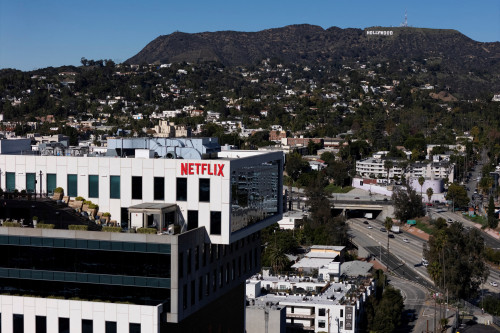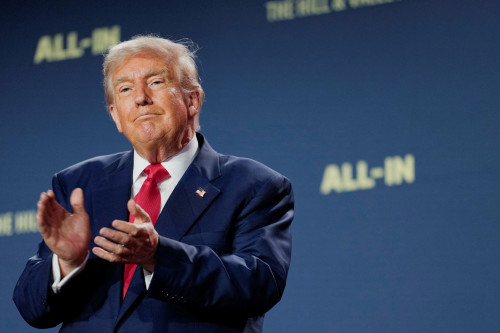Election season always brings a swirl of headlines, campaign promises, and uncertainty—and the stock market often reacts accordingly. But here’s the thing: while the run-up to Election Day can be a wild ride, once the votes are counted, the market tends to settle down. Regardless of who takes office, history shows that the stock market often finds its footing post-election, and certain sectors might even benefit from the political shift.
So, what does the past tell us about the stock market after a U.S. election? And which industries should investors be watching closely as a new administration steps in? Let’s break it down.
A Post-Election Market Rebound
Elections are a breeding ground for market jitters. Investors hate uncertainty, and the constant back-and-forth of political campaigns can lead to pre-election volatility. But once the results are in, the market tends to settle. Why? Because with a clear winner, the fog lifts, and businesses, investors, and the market at large can start planning for the future based on actual policies rather than speculation.
In fact, if history is any guide, the stock market often delivers positive returns in the months following an election, no matter who wins. Once the uncertainty is gone, the focus shifts to the policies and economic strategies of the incoming administration, and investors tend to react to this newfound clarity.
Key Sectors to Watch Post-Election
While the overall stock market might stabilize, some industries see bigger swings based on the political climate. Here are four sectors to keep on your radar:
-
Healthcare
- Healthcare is often one of the most politically sensitive sectors. Depending on the administration, policies around healthcare reform, drug pricing, and insurance can shift drastically. If an administration focuses on expanding healthcare access, you might see companies in managed care and hospital systems getting a boost. On the flip side, if deregulation is on the table, pharmaceutical companies and insurers could benefit from fewer restrictions and more market freedom.
-
Energy
- The energy sector is highly reactive to election outcomes, particularly when it comes to the divide between renewable energy and fossil fuels. Democratic administrations tend to favor green energy initiatives, with increased funding for solar, wind, and clean energy technology. Meanwhile, Republicans typically support traditional energy sources like oil, gas, and coal, often pushing for deregulation that benefits these industries. Keep an eye on energy stocks as policy priorities shift.
-
Financial Services
- Financial services and banking are deeply influenced by regulatory policies, which can swing dramatically between administrations. A Republican administration often brings tax cuts and a lighter regulatory touch, which can boost banks and investment firms. Conversely, a Democratic administration might implement stricter regulations, especially when it comes to corporate governance and consumer protection. Short-term volatility is common here, but the long-term outlook depends on how regulations evolve.
-
Defense
- Defense is one of the more stable sectors during election cycles, as national security tends to remain a priority no matter which party is in power. However, defense contractors might see more lucrative contracts and budget increases under a Republican-led government, which traditionally allocates more funding to the military. This makes defense a sector to watch for steady growth post-election.
Why the Market Stabilizes After Elections
So, why does the market tend to rebound after the uncertainty of the election is behind us? Once the political drama is over, the focus shifts to the practical aspects of governing. Businesses and investors can start to strategize based on actual policies and potential legislative changes, and the clarity helps calm the market.
Moreover, even when one party controls the White House, checks and balances in Congress often mean that sweeping, disruptive policy changes are less likely. This creates a kind of stability that the market appreciates. It’s why, over time, the stock market has managed to grow regardless of which party is in power.
What Should Investors Do?
For investors, the key takeaway is this: while elections can create short-term market volatility, history shows that the market generally bounces back. The sectors that are most impacted tend to be those where government policy plays a large role—like healthcare, energy, financial services, and defense. Keeping an eye on these industries and understanding how they respond to shifts in policy can help investors position themselves for potential post-election gains.
So, when election season ends, don’t let the noise distract you. The stock market has a history of steadying itself once the uncertainty clears, and there may be opportunities in sectors that are ready to ride the wave of new policies.
Key Takeaways:
- The stock market tends to recover and even grow after elections, regardless of which party wins.
- Keep an eye on sectors like healthcare, energy, financial services, and defense, as they are often most impacted by policy changes.
- The post-election period is often about stability as the market adapts to new political realities.




